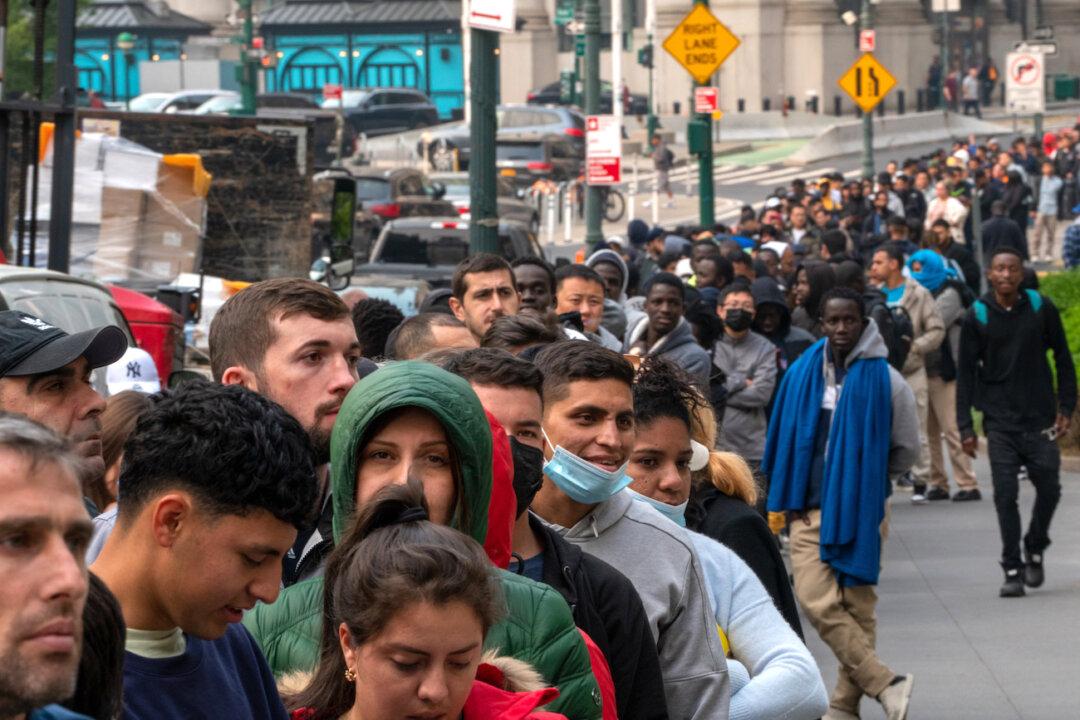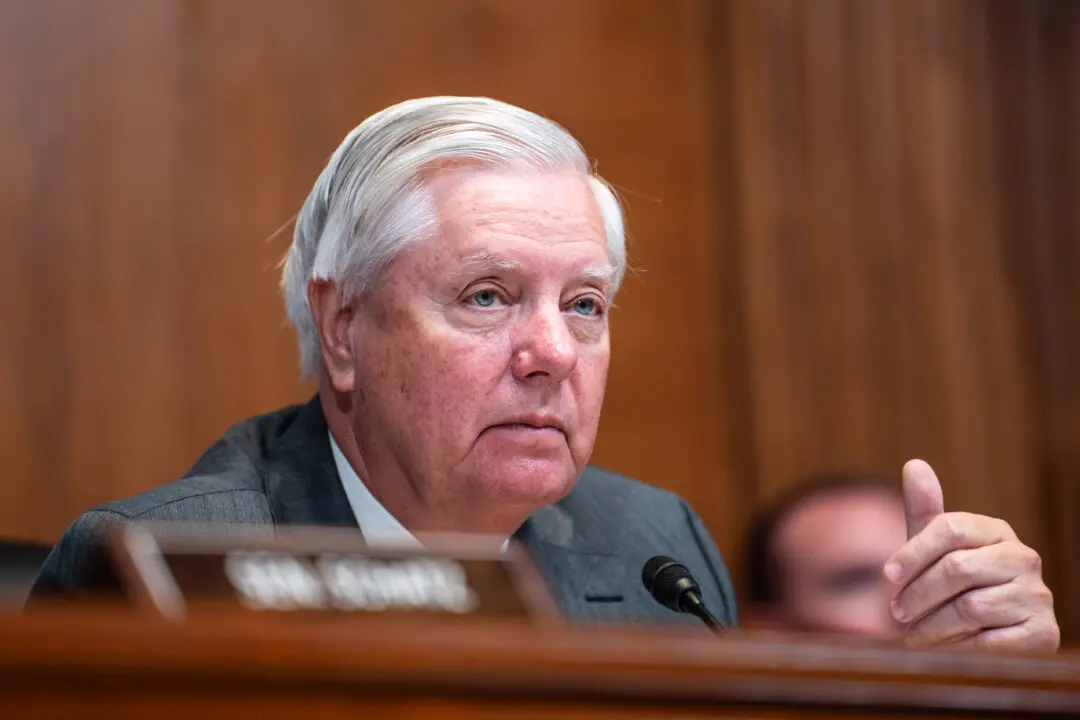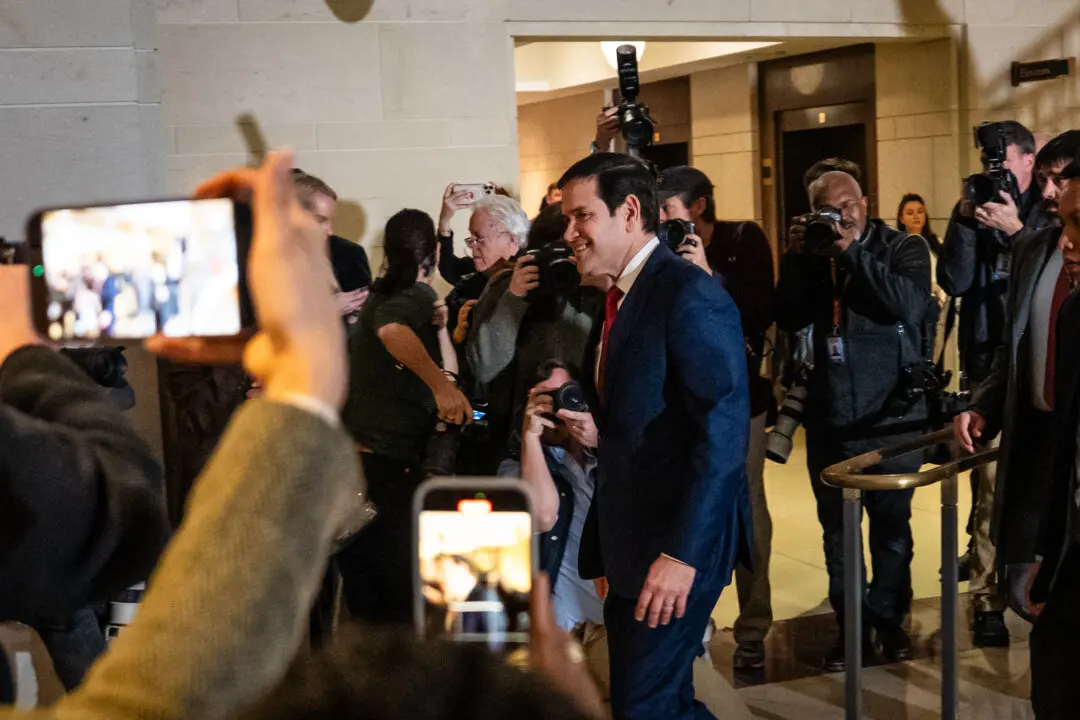On-screen, a clip from the movie “Sound of Freedom” shows Department of Homeland Security special agent Tim Ballard, played by Jim Caviezel, rescuing a scared little boy from a trafficker at the border.
As the scene ends, the real Tim Ballard speaks: “This scene depicts a moment from my real life I'll never forget.”





